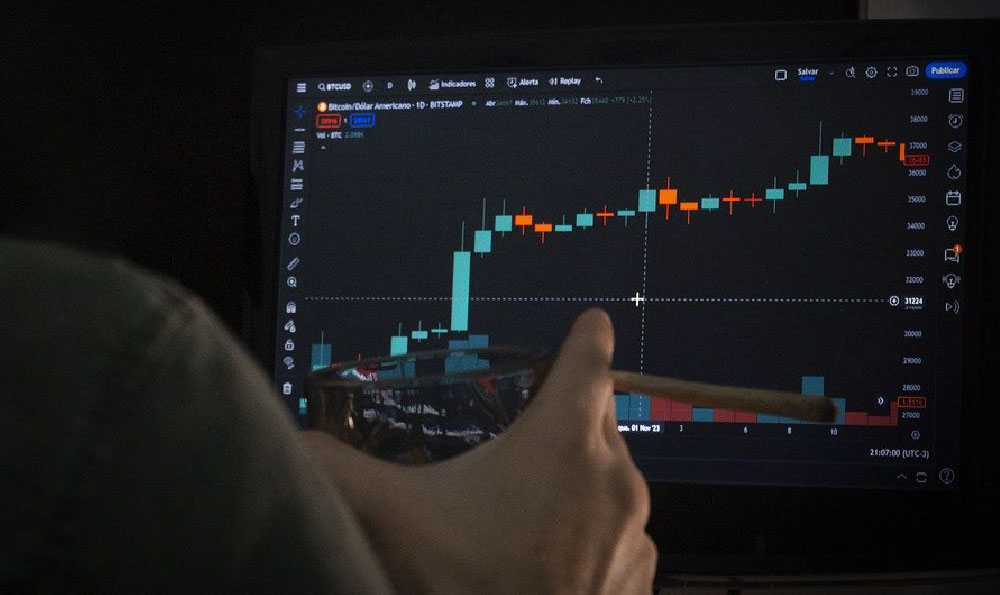How can you make money from Spotify, and is it even possible?
Unlocking financial gains from Spotify, particularly as an artist, hinges on understanding its multifaceted payment model and strategic engagement with the platform. While direct riches mirroring those of pop icons remain elusive for most, a sustainable income stream is attainable through persistent effort, savvy marketing, and diversifying revenue sources.
Spotify's compensation to artists is notoriously complex. It's based on a "pro rata" system, meaning royalties are distributed proportionally based on an artist's share of total streams on the platform. This introduces several variables. First, the royalty rate per stream fluctuates depending on factors like the listener's location (countries with higher advertising rates generally yield more), their subscription type (premium subscribers generate more revenue than those on ad-supported free accounts), and Spotify's agreements with record labels, publishers, and collecting societies. Therefore, simply counting streams doesn't translate directly into a specific dollar amount.
Furthermore, artists rarely receive the full royalty rate directly. Unless you're an independent artist distributing your music yourself, a substantial portion goes to your record label, publisher, and any intermediaries involved in the distribution process. Understanding the terms of your contracts with these entities is crucial to maximizing your earnings. An independent artist using a distributor like DistroKid or CD Baby will typically retain a larger percentage of royalties compared to an artist signed to a major label, although the major label may provide more resources for marketing and promotion.

So, how can you enhance your earnings on Spotify despite these challenges? The most direct route is, naturally, generating more streams. This isn't simply about uploading music; it requires a comprehensive strategy focused on discoverability and engagement. Building a strong online presence is paramount. Utilize social media platforms (Instagram, TikTok, YouTube) to promote your music, engage with your fans, and drive traffic to your Spotify artist page. Create visually appealing content, run targeted ad campaigns, and consistently interact with your audience to foster a loyal following.
Strategic playlisting is another critical element. Spotify's algorithm heavily favors tracks that are featured on popular playlists. Aim to get your music added to both algorithmic playlists (like Discover Weekly and Release Radar) and user-created playlists relevant to your genre. This involves reaching out to playlist curators, pitching your music through Spotify for Artists, and building relationships within your musical community. Consider running promotional campaigns specifically targeting playlist placements.
Collaborating with other artists can also significantly boost your visibility. Cross-promotion with artists who have a similar audience can introduce your music to new listeners and expand your reach. Consider featuring on each other's tracks, performing joint live streams, and collaborating on social media content.
Beyond streams, Spotify offers other avenues for generating income. Spotify for Artists provides tools for selling merchandise directly to your fans through your artist profile. This allows you to monetize your fanbase beyond music royalties and offer exclusive items like t-shirts, posters, and signed merchandise. Fan support features, when available, can allow dedicated listeners to directly contribute to your artistic endeavors.
However, relying solely on Spotify for income is rarely a viable strategy for most artists. Diversification is key. Treat Spotify as a valuable platform for exposure and fan engagement, but actively pursue other revenue streams. This includes:
- Live performances: Concerts, gigs, and festivals remain a primary source of income for many musicians.
- Merchandise sales: Expand your merchandise offerings beyond Spotify to include your website and live shows.
- Direct sales: Sell your music directly to fans through your website or platforms like Bandcamp. You retain a larger percentage of the revenue compared to streaming services.
- Licensing your music: License your music for use in film, television, commercials, and video games.
- Teaching music: Offer online or in-person music lessons.
- Crowdfunding: Use platforms like Kickstarter or Patreon to fund specific projects or sustain your artistic career.
- Creating and selling educational content: If you're proficient in a particular aspect of music production or performance, create online courses or tutorials.
Financial literacy is crucial. Track your income and expenses carefully, understand your tax obligations, and consider working with a financial advisor to manage your finances effectively. Invest in your career by hiring a publicist, booking agent, or manager to help you navigate the music industry and maximize your earning potential.
Ultimately, making money from Spotify is possible, but it requires a strategic approach, consistent effort, and a diversified income stream. View Spotify as one piece of the puzzle, and focus on building a sustainable career through multiple avenues. Success in the music industry demands not only talent but also business acumen and a relentless dedication to your craft. While instant riches are unlikely, building a loyal fanbase and strategically leveraging all available resources can pave the way for a fulfilling and financially rewarding career. The platform is a tool; how you wield it determines the outcome.















